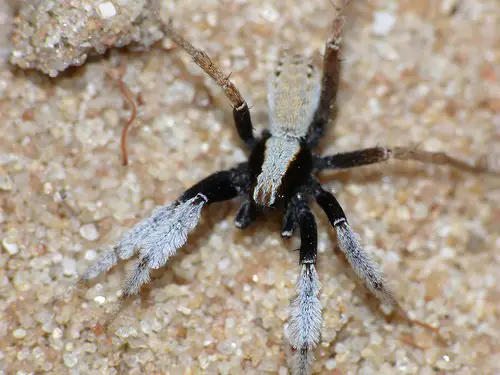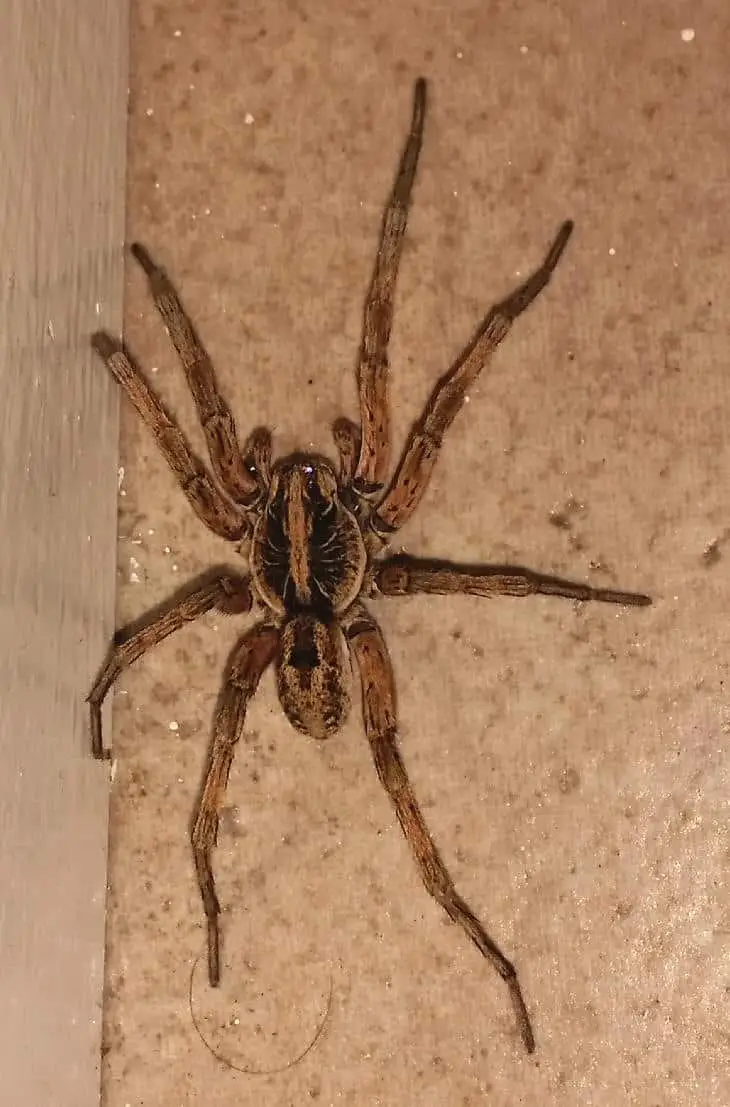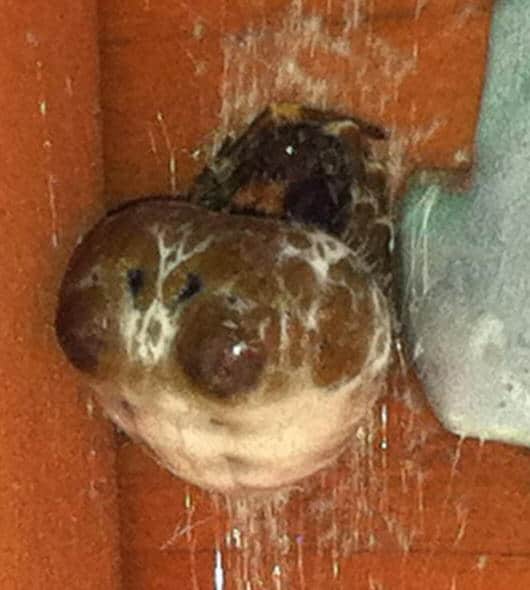Tree trunk spiders belong to the Family Hersiliidae. There are about 150 species in this family and many more undiscovered. The tree trunk spider is generally a harmless spider and thus is most unlikely to cause significant harm. Female Tree Spiders are around 19mm in body length from its chelicerae to the tip of its spinnerets. When her […]
Jumping Spiders
Jumping Spiders (Salticidae) are the personalities of the spider world. Though generally small in size (up to 12 mm body length), their large eyes, prodigious jumping ability, often brilliant colours and cocky, inquisitive activity make them very appealing. Many are daylight hunters, using their excellent vision to track, stalk and calculate distance, before suddenly leaping on […]
South African Spider Photos
Here’s a page with some great shots of South African Spiders sent in by Hannes. Copyright Notice: All photos to this page are copyright to their owners. They may not be reproduced or copied without express permission from their owners. PMany thanks for allowing me to use these photos. Please click for a larger view.
Ghost Spider
Family: Anyphaenidae Identification: Body 1/4 — 1/2 inch long. Jaws (chelicerae) move side to side, scissor like. Eyes: eight small eyes closely grouped. Abdomen elongate with pair of long spinnerets. Colour: brown and yellow, beige or greenish-yellow; some species with dark markings. Very similar to sac spiders (Families Miturgidae and Clubionidae) and are often mistaken for […]
Australian Crab Spider – Thomisus spectabilis
The scientific name for the Australian crab spider is Thomisus spectabilis. It is named Crab Spider because it has white or yellow stout legs which are held like a crab. The full size of the Flower Spider is between four and ten millimeters. Australian Crab Spiders are often white or yellow, some have green, brown or rosy […]
Wolf Spider – Lycosidae
The Wolf Spider got its name because it stalks its prey like a wild dog. Its Latin name is Lyosidae, Genus Lycosa (after Lycaon, whom Jupiter turned into a wolf.) It is an open range hunting spider. The female grows to 35mm and the male to 20mm. They are a small to medium size spider. They can […]
Segestria Florentina – Scorpion Spider
Segestria florentina is the biggest European segestriid spider. Some common names are tube web spider or cellar spider, although neither are exclusive to this species. Females reach a body length of 22 mm, males up to 15 mm. This species is much darker than others of the same genus. While subadult spiders have a greyish […]
Wolf Spider
Wolf Spiders are large, hairy spiders which are usually patterned with a mixture of black, gray, and brown. Wolf spiders, especially large ones, look very similar to spiders in the Pisauridae family (nursery web and fishing spiders), but wolf spiders are usually more robust, with shorter, thicker legs. There are more than 2000 wolf spider species. Wolf […]
Bird Dropping Spider
The bird dropping spider (Celaenia excavata) derives its name from mimicking bird droppings to avoid predators, mainly birds. However, there are other species of spider that resemble bird droppings, for example species of Mastophora (a bolas spider). The males are much smaller than the females, about 2.5 mm as opposed to 12 mm. The females […]
Trapdoor Spider
The name Trapdoor spider covers several families and many different species. Trapdoor spiders include the Funnel-web, Mouse, Whistling, and Curtain-web spiders; they are distinguished by the stocky body, long leg-like palps, and two knee-like lobes to which the fangs join (chelicerae) in front. Most live in burrows with or without trapdoors in the ground, but […]










